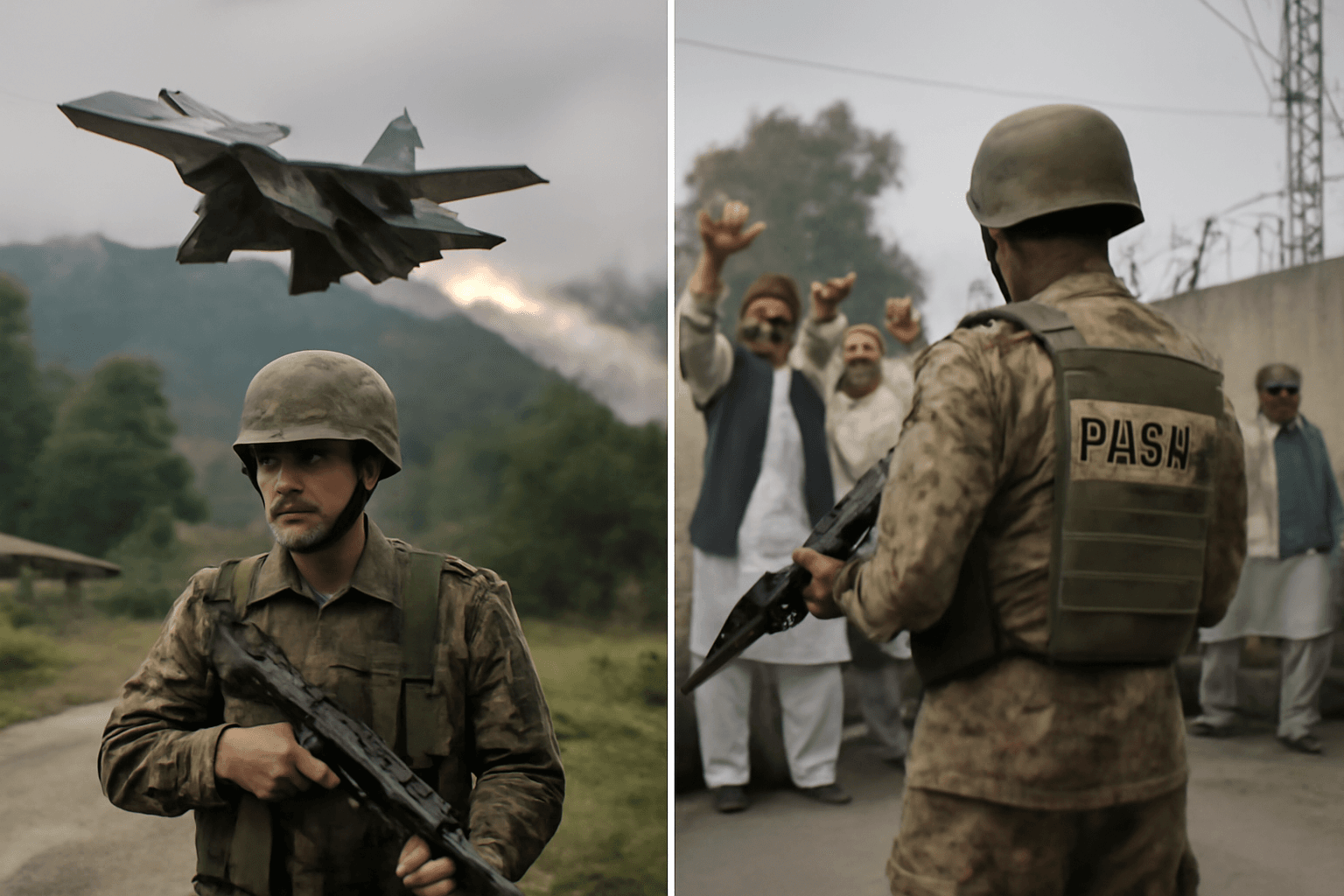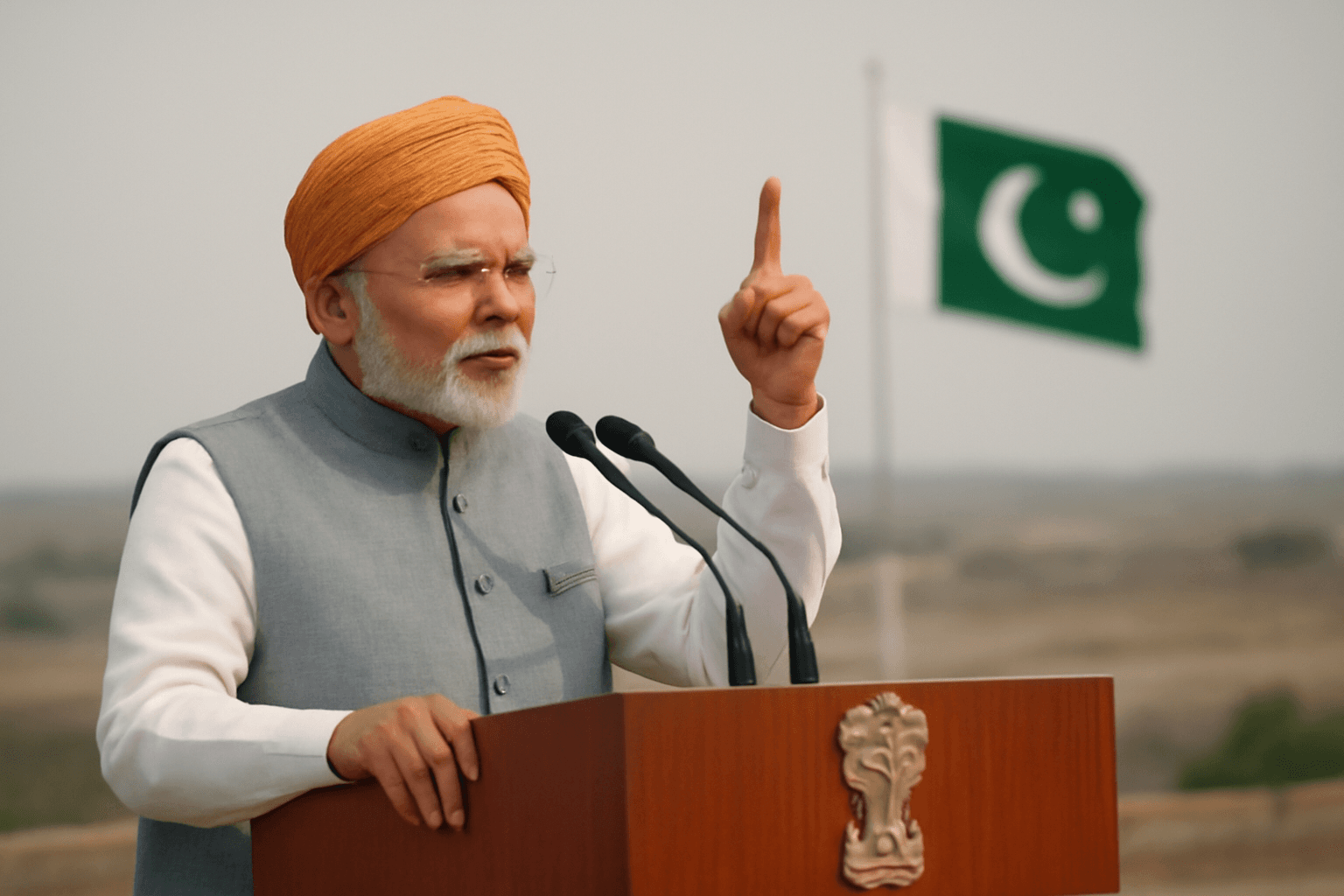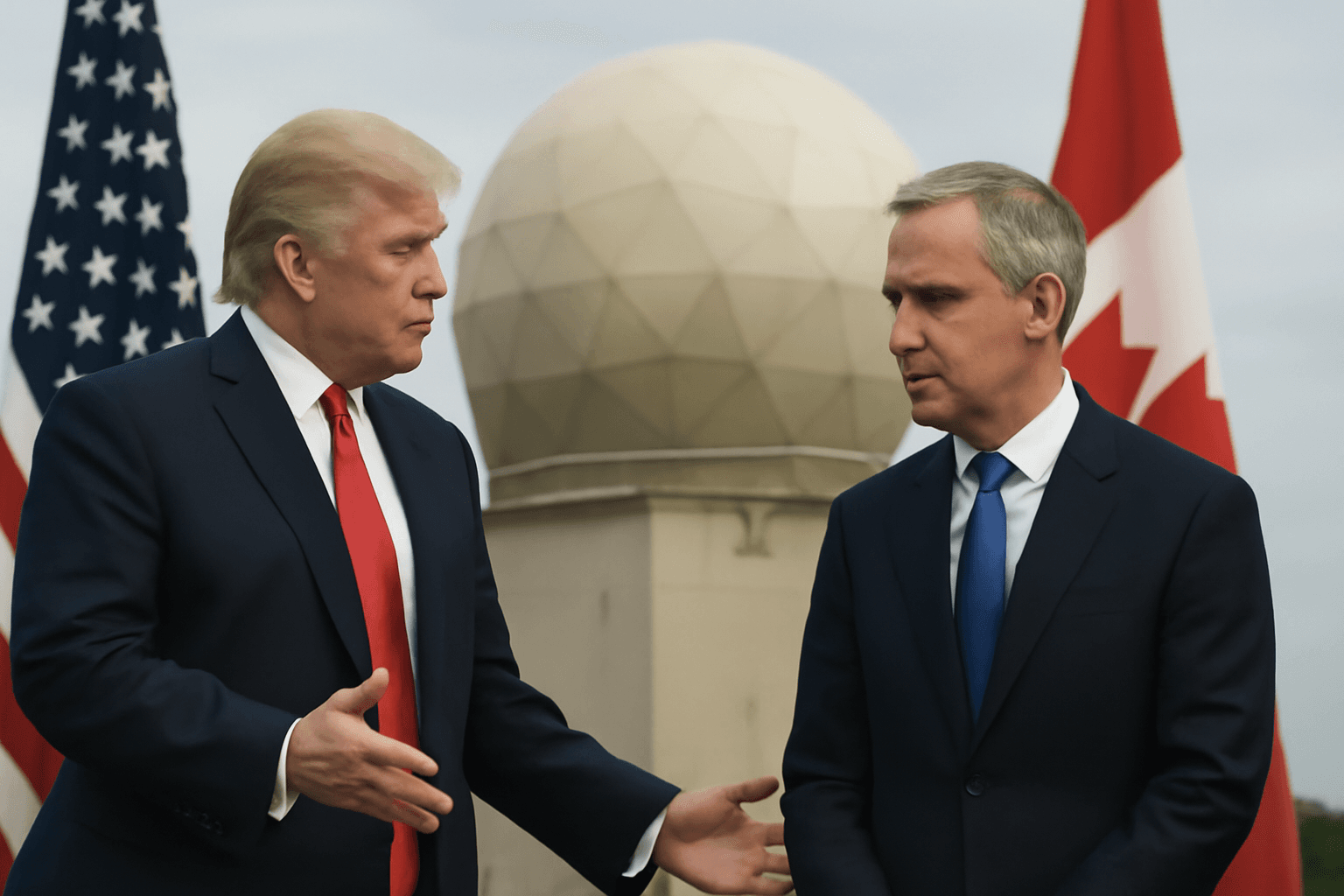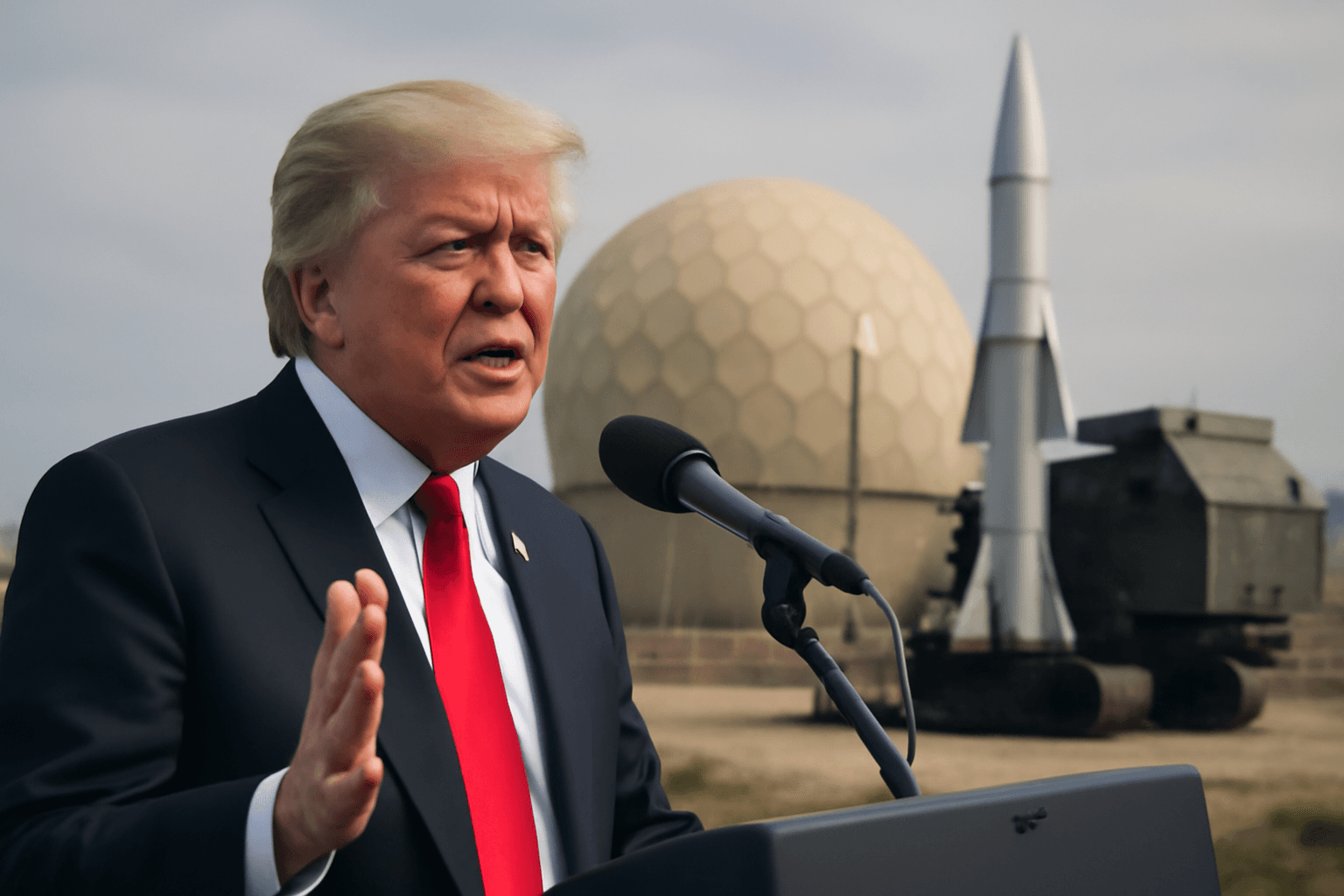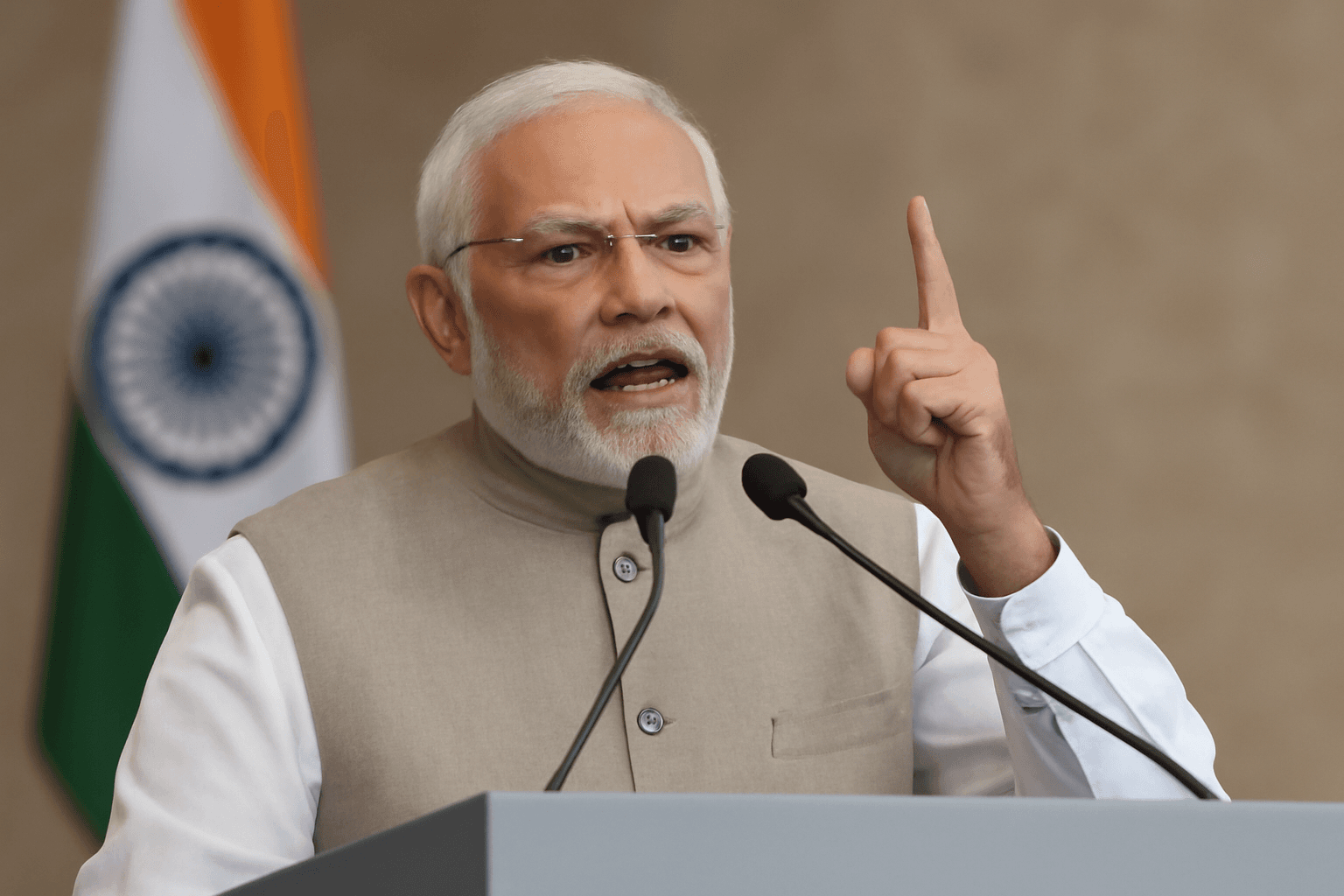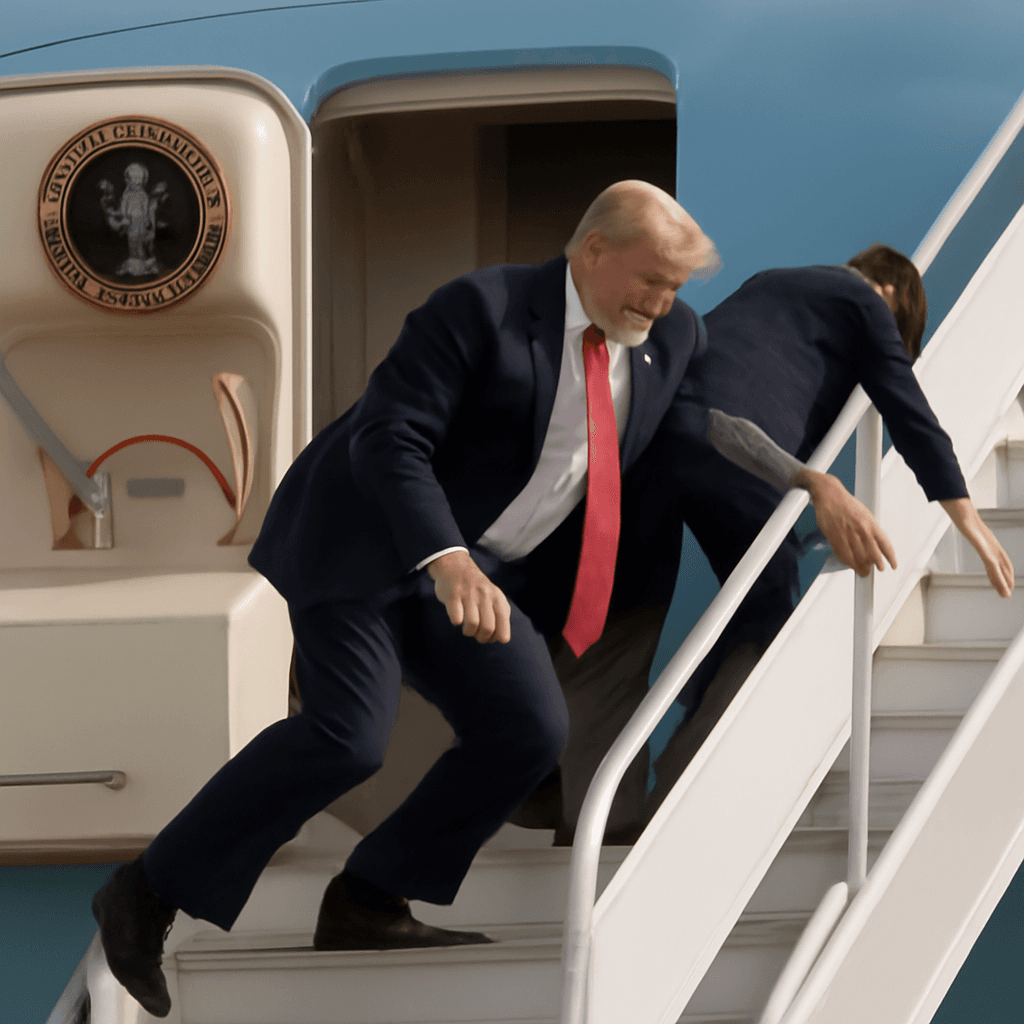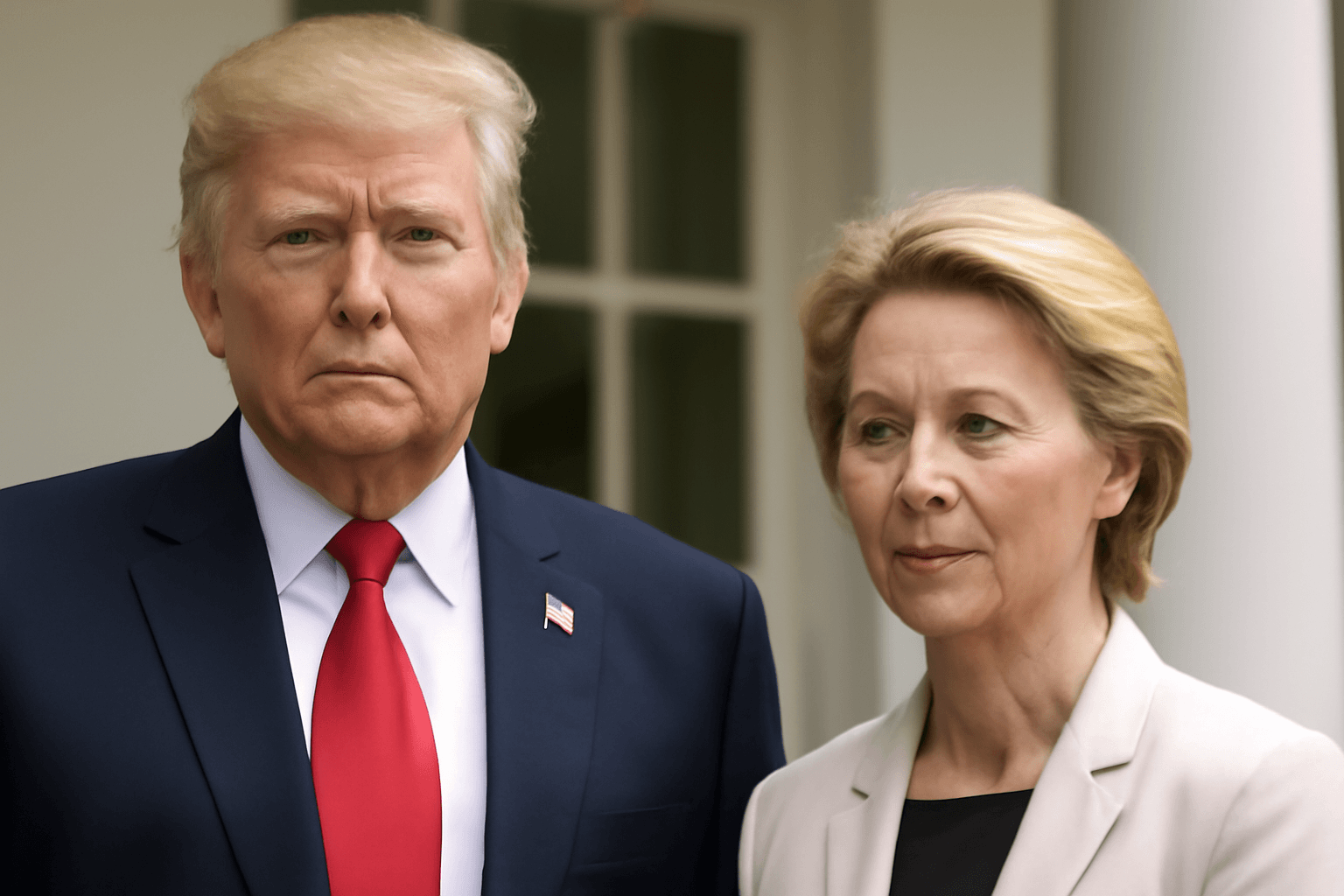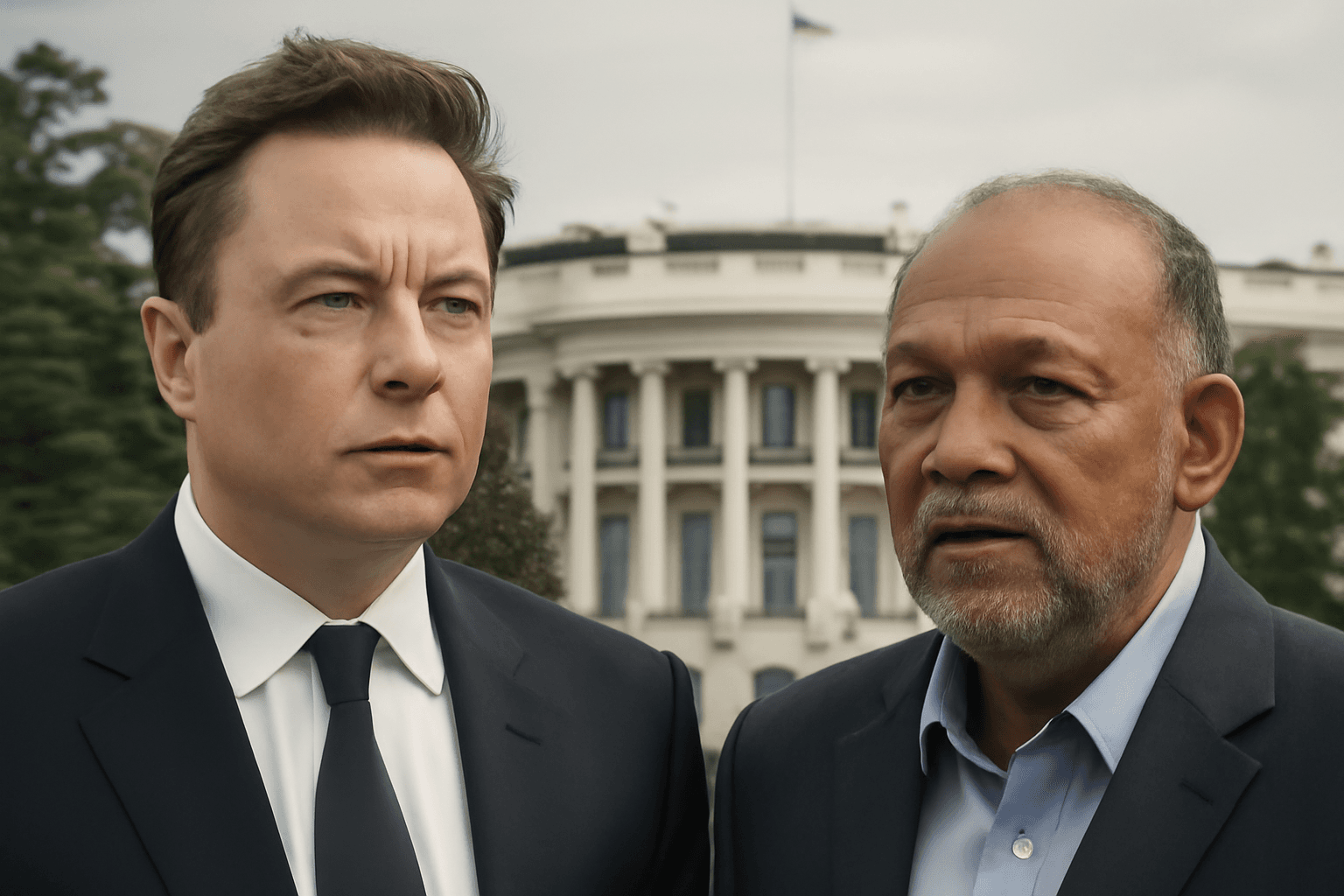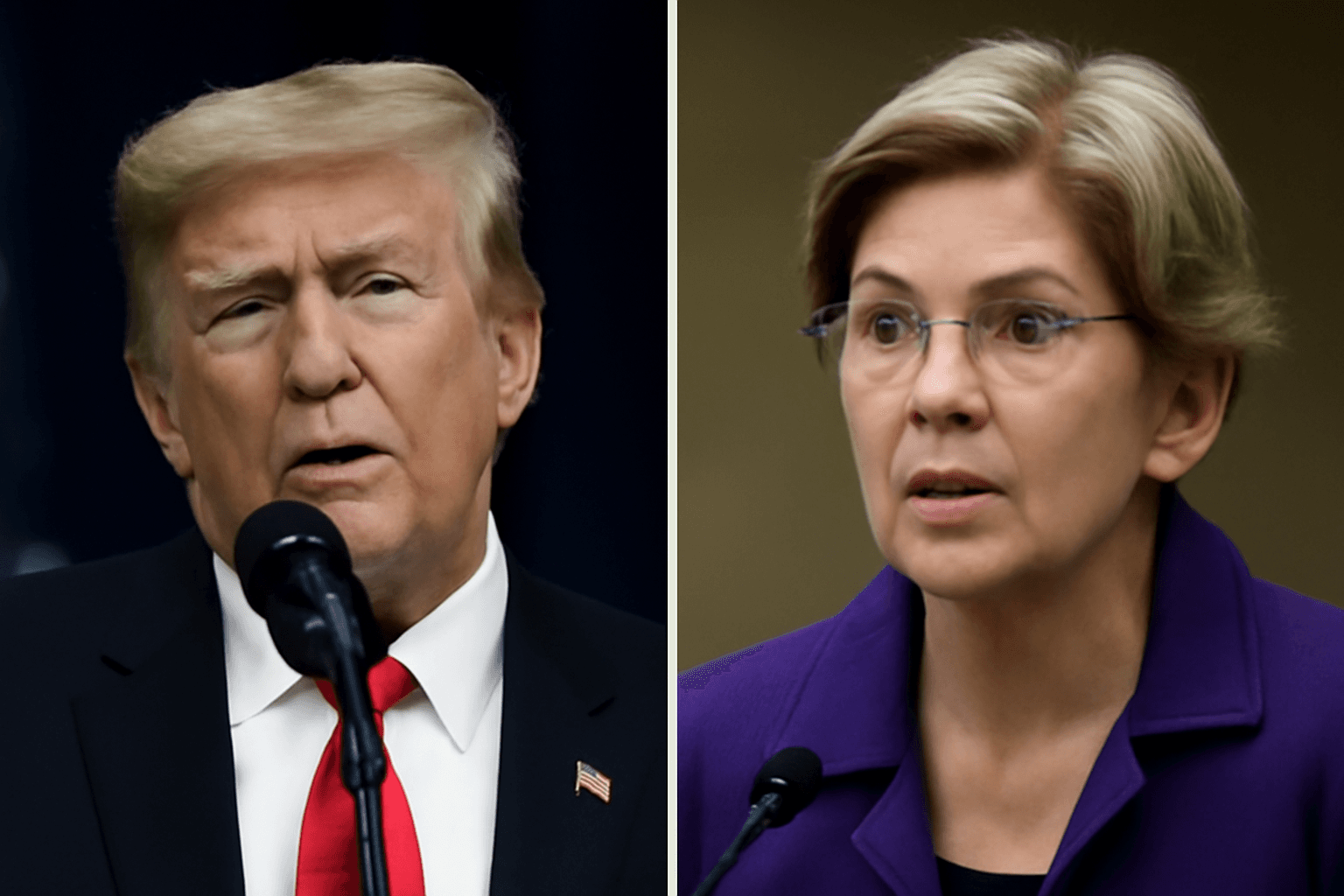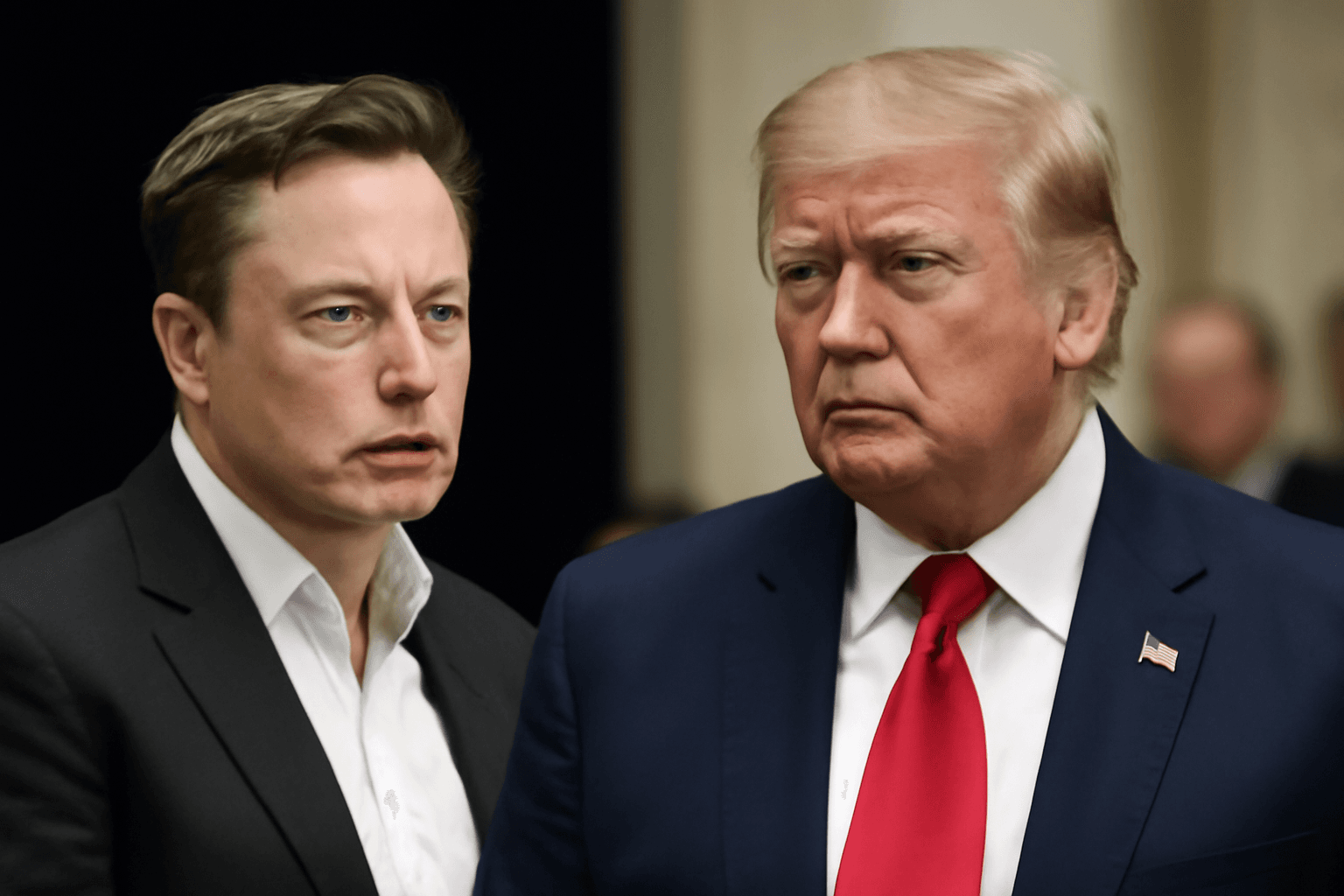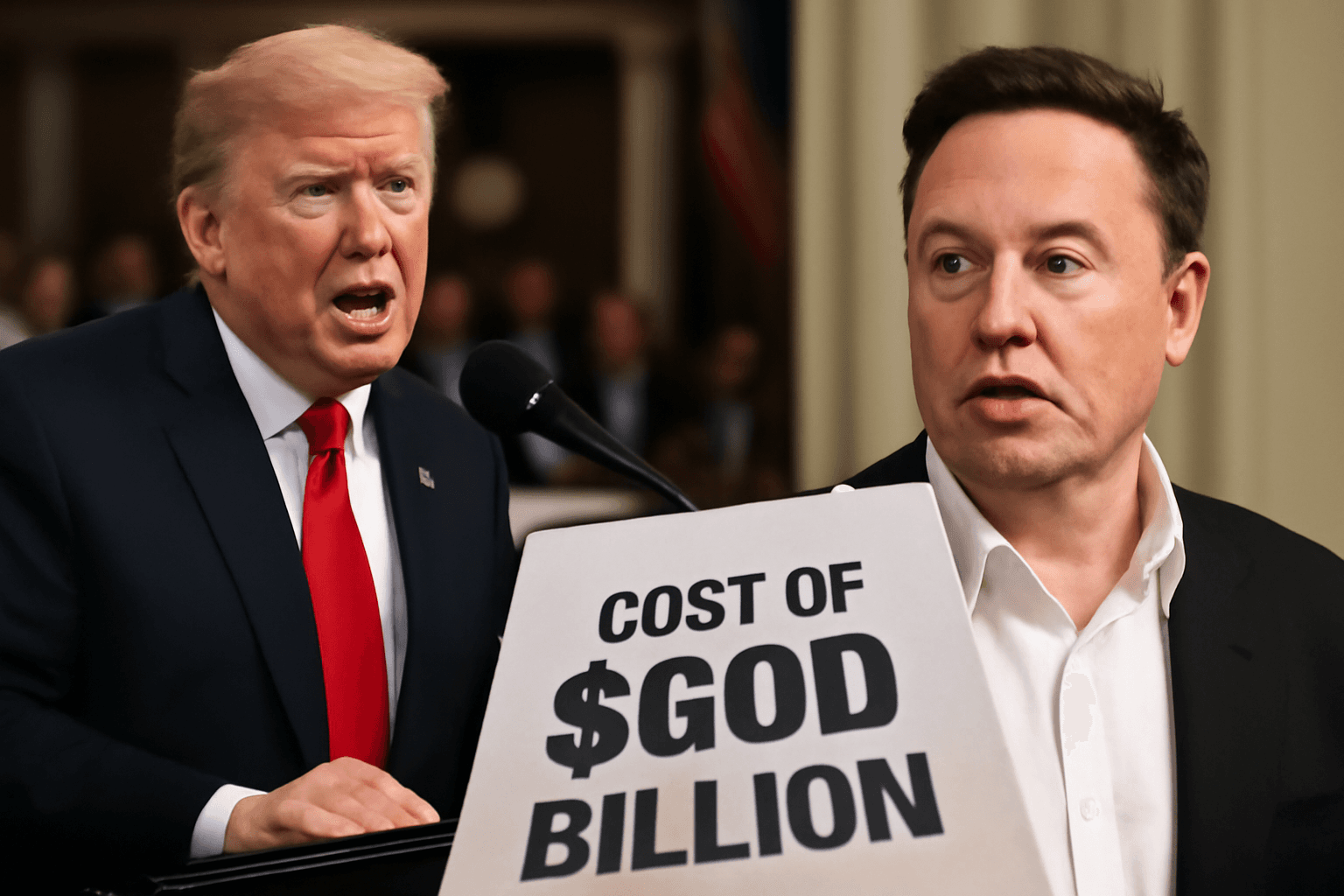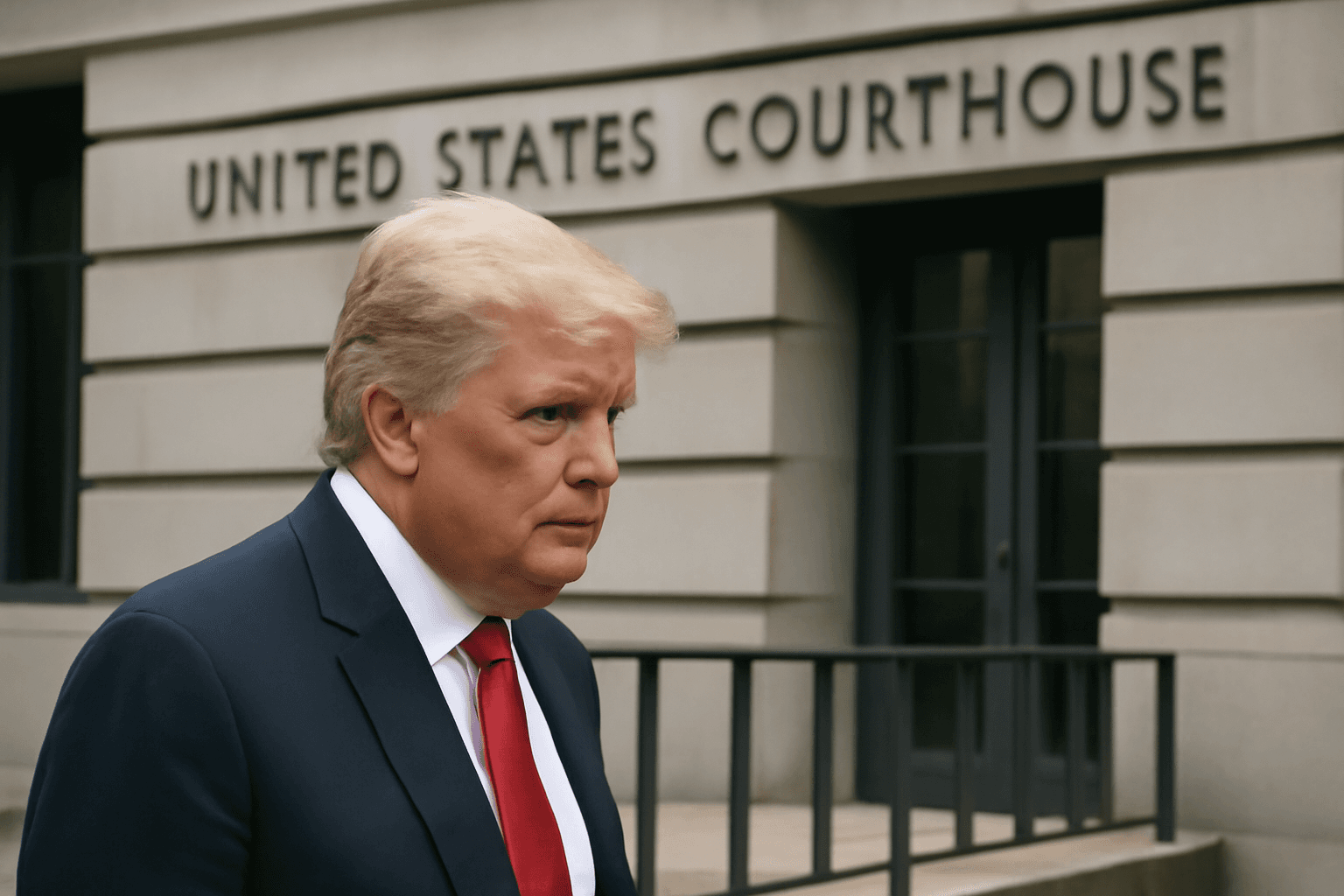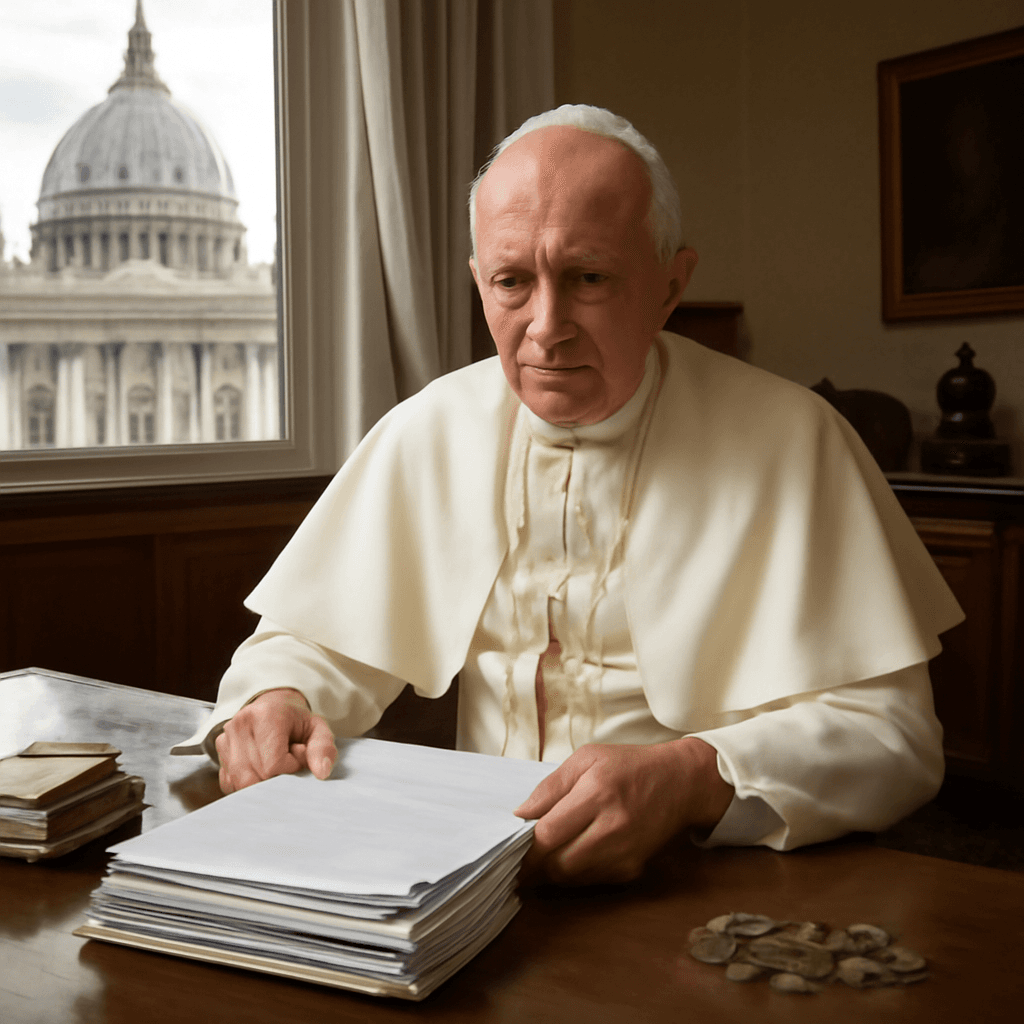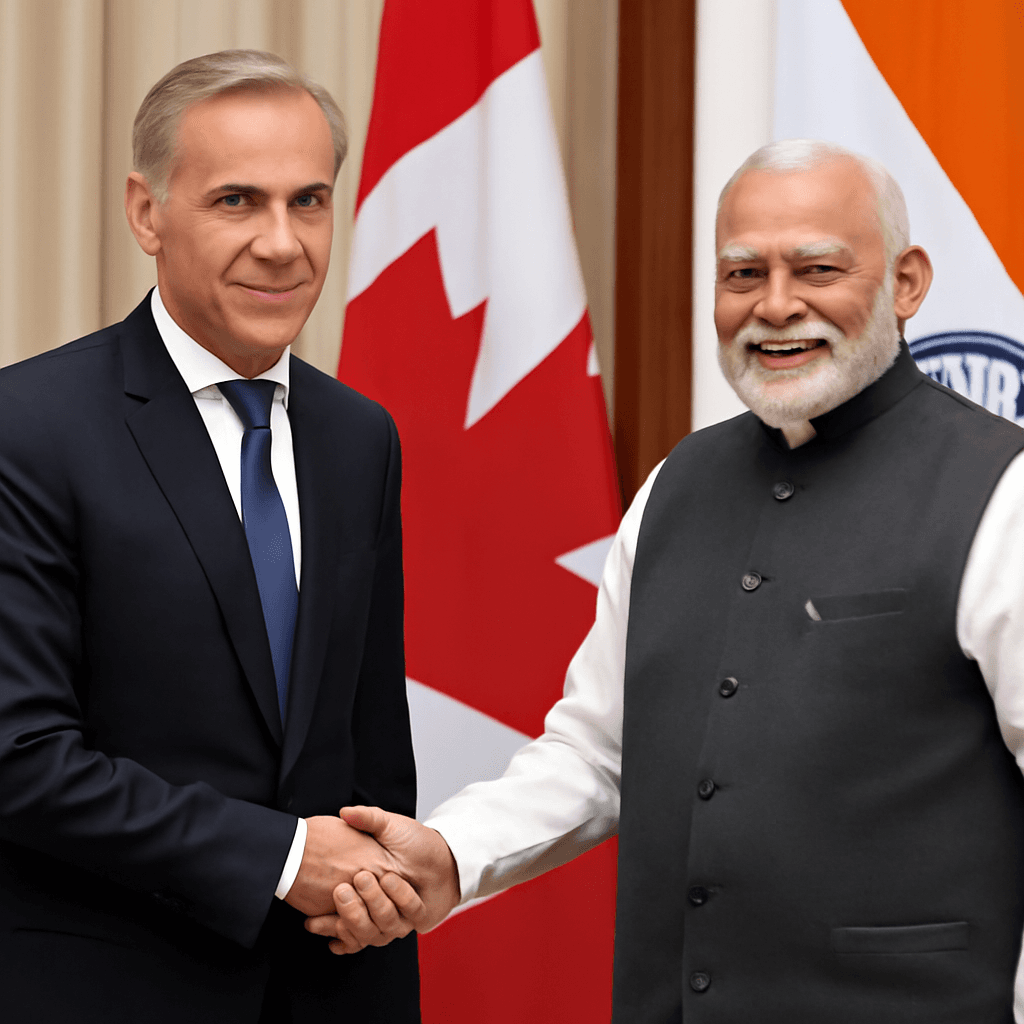Inside the Ambition to Convert a Qatari Jet Into Air Force One
President Donald Trump has expressed a keen interest in flying aboard a substantially upgraded Air Force One. However, turning a luxury Qatari jet into a secure presidential aircraft raises important questions around the costs, security upgrades, and timelines involved.
The Challenge of Presidential Security in the Sky
Government officials are currently navigating the legal framework to accept this lavish aircraft from the Qatari royal family. Concurrently, experts are debating how to equip the jet with the advanced safety and communication systems essential for transporting the U.S. president.
Matching the security features of the existing Air Force One—based on decades-old Boeing 747 models—implies significant modifications. These include robust communication tools and defensive countermeasures that have historically delayed Boeing’s efforts to produce replacement planes, already burdened by cost overruns and schedule setbacks.
Air Force Secretary Troy Meink recently testified that the renovations could run under $400 million, though he withheld specific details. Yet, if Trump wishes to have the jet ready before his term concludes, some safeguards might have to be compromised, a sensitive prospect given the threats he faces.
Trump’s Security Flexibility
Despite surviving multiple assassination attempts and alleged plots against him, Trump appears somewhat comfortable taking certain risks, particularly regarding communications security. For instance, he regularly uses a personal phone amid hacking concerns. He has confidently stated the government acquired the jet "for free" and emphasized the need to operationalize it as Air Force One swiftly.
What Sets Air Force One Apart?
The term Air Force One refers to any Air Force plane carrying the president. The original was a propeller-driven C-54 Skymaster used by President Franklin D. Roosevelt in 1945, featuring a bulletproof conference room.
Today's Air Force One aircraft are far more complex and expensive. Boeing has spent years extensively refurbishing two 747s with an anticipated price tag exceeding $5.3 billion. Yet, completion continues to face delays that may extend beyond Trump’s time in office.
Survivability and communications rank as the paramount features. The planes must have four engines to guarantee flight capability despite engine failures—a challenge since 747s are no longer actively produced, complicating parts availability. Moreover, the aircraft require encrypted communications, anti-jamming technology, and shielding from surveillance and electronic threats. They also incorporate missile defense systems and protection against electromagnetic pulses caused by nuclear blasts, all designed to ensure the president can command forces during emergencies without interruption.
The Price and Time of Retrofitting a Qatari Jet
Converting the Qatari jet to meet presidential standards could cost approximately $1.5 billion and take several years, according to unnamed U.S. officials. However, some argue that parts of these costs overlap with expenses linked to the ongoing new presidential aircraft program.
Some lawmakers estimate at least $1 billion would be necessary just to upgrade communications, defenses, wiring, and other critical systems. Former Air Force Secretary Deborah Lee James highlighted the complexity of rewiring, which would be akin to "breaking the whole plane wide open and starting from scratch."
Yet, as commander in chief, Trump has the authority to waive specific security requirements, potentially omitting costly and time-consuming features like electromagnetic pulse shielding. This could significantly accelerate deployment but introduces vulnerabilities.
Notably, even Boeing’s new Air Force One has had to scale back on features, trimming the plane’s range and removing in-flight refueling capabilities due to budget and technical hurdles.
The Final Decision Lies with the President
Experts agree the president ultimately decides the acceptable level of risk. Former Secret Service leader Paul Eckloff explained that while protective measures can mitigate threats, they cannot eliminate risk entirely. Any waiver of security features would likely remain confidential to avoid informing adversaries of potential weaknesses.
On aesthetics, Trump seems invested in a distinctive look. He reportedly keeps a model of the new Air Force One with a darker color scheme reminiscent of his personal jet, diverging from the traditional light blue palette.
Next Steps and Ongoing Questions
Trump toured the Qatari jet near his Mar-a-Lago estate earlier this year alongside Air Force Chief of Staff Gen. David Allvin. Officials acknowledge the jet requires routine maintenance but nothing extraordinary for a sophisticated, four-engine aircraft.
Still, some lawmakers warn against rushing the process. Senator Tammy Duckworth emphasized the danger of deploying an aircraft not fully capable of withstanding a nuclear attack, calling premature use a potential waste of taxpayer funds.
Meanwhile, Boeing's replacement program faces quality snags, including structural cracks and cabin decompression noise, contributing to delivery delays as per recent government audits.
The Air Force is actively working with Boeing to expedite delivery, but comprehensive real-world tests remain necessary before declaring the planes operational.
As for Trump, it remains unclear how he will balance the urgency of acquiring a modern Air Force One against the stringent demands of safety and functionality.
"Delays in certification are part of the normal process," James stated, "but these days, exceptions seem common when the president insists on speed."



